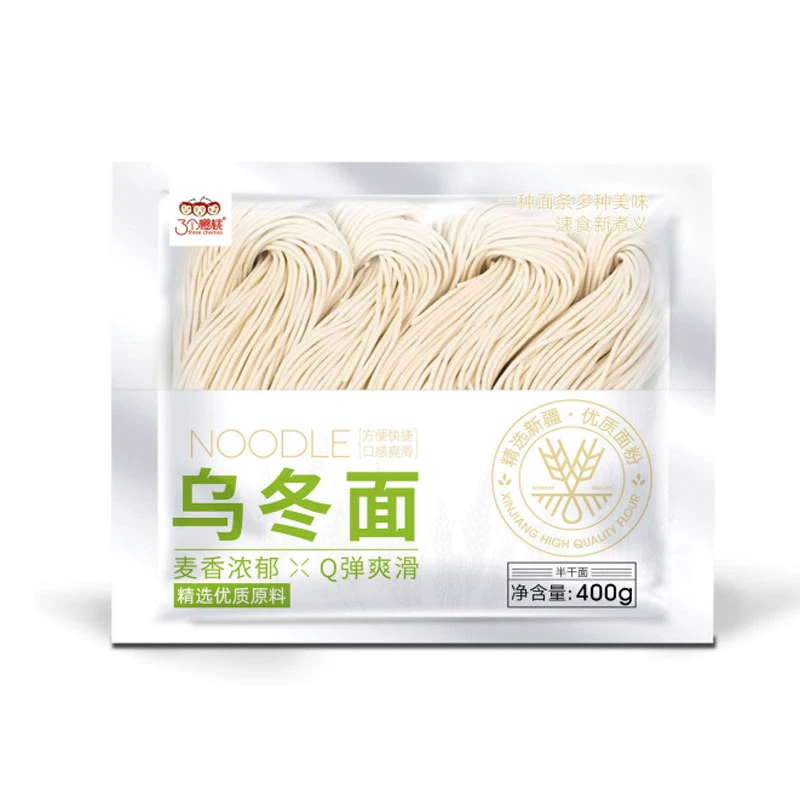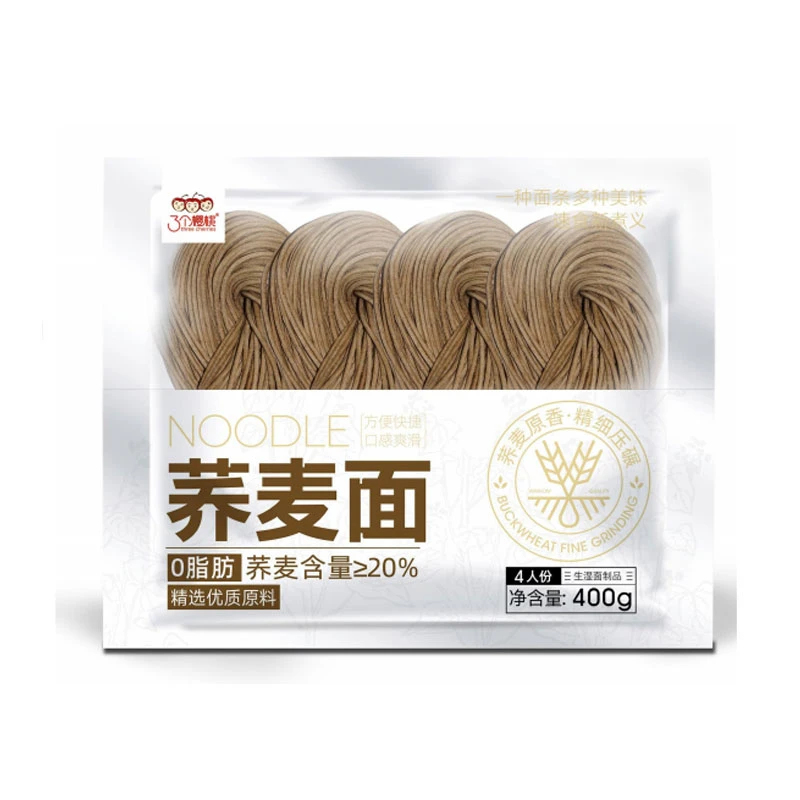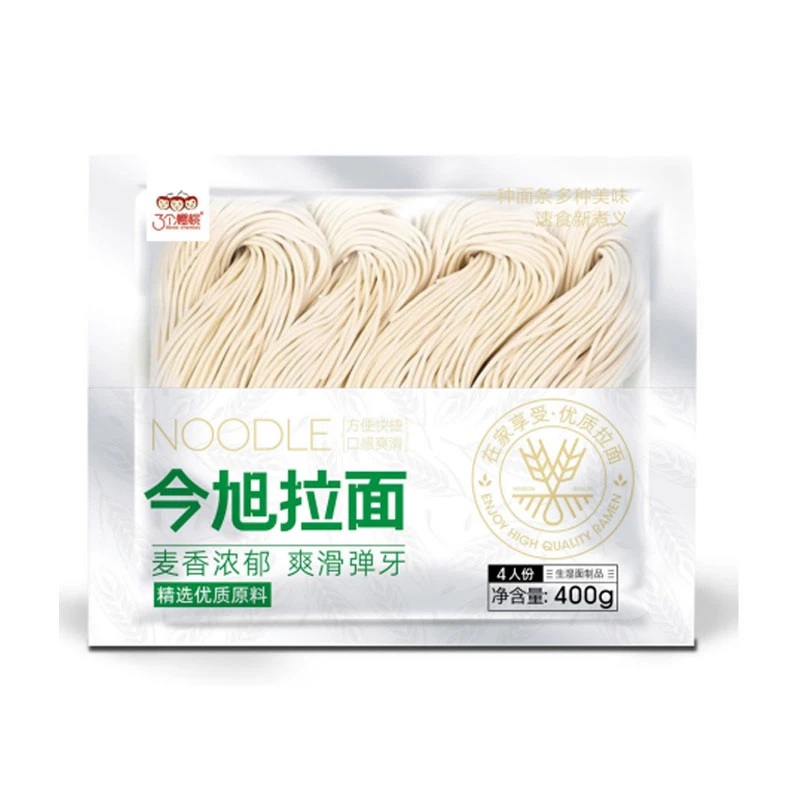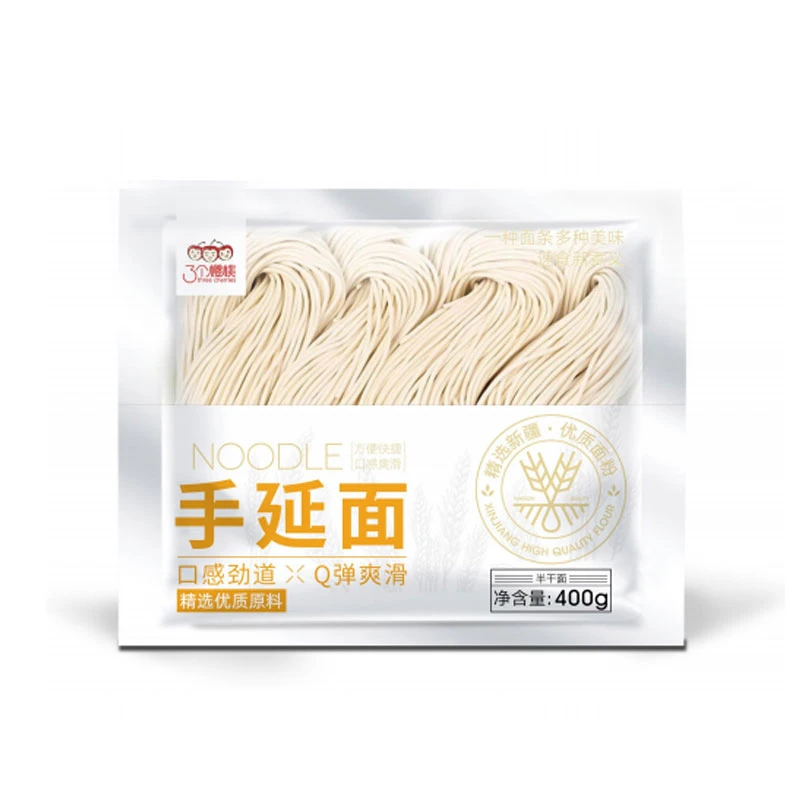Exploring the World of Bulk Ramen Noodles
In the modern culinary landscape, few products offer the convenience, affordability, and diversity that bulk ramen noodles bring to the table. These compact, quick-cooking noodles have long transcended their humble origins as a budget meal for college students or busy professionals. Today, bulk ramen noodles serve as an essential ingredient in homes, restaurants, food trucks, and relief agencies around the globe.
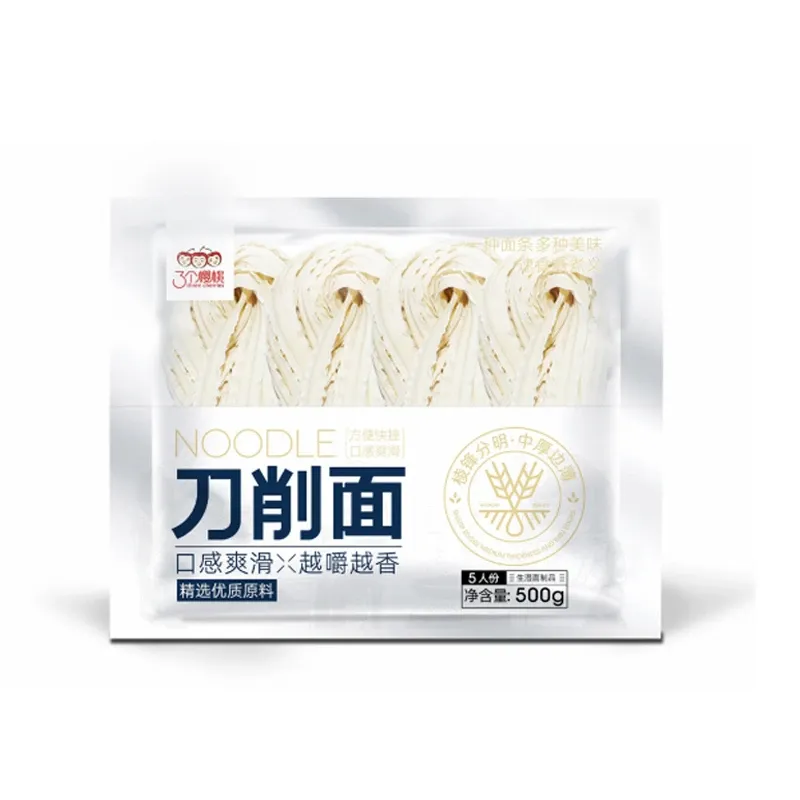
The primary appeal of purchasing ramen in bulk lies in its cost-efficiency and longevity. Restaurants and institutions often rely on large quantities of noodles to craft customized dishes with unique broths, proteins, and garnishes. Since bulk ramen noodles have a long shelf life, they are perfect for emergency food supplies or nonprofit organizations aiming to feed communities at scale.
Beyond convenience, the flavor profiles of bulk options have expanded significantly. Whether you’re craving spicy kimchi, creamy chicken, or miso-based varieties, buying in bulk doesn’t mean sacrificing variety. Brands are now offering gourmet-inspired options in bulk formats, allowing food entrepreneurs and culinary creatives to push boundaries and delight taste buds around the world.
Additionally, bulk purchasing supports sustainability. Fewer packages mean less plastic waste and reduced emissions from shipping, making bulk ramen noodles a more environmentally responsible option.
China Instant Noodles: Heritage, Innovation, and Global Appeal
China instant noodles carry the rich culinary history of one of the world’s oldest food cultures, fused with modern convenience. Since their invention in the mid-20th century, instant noodles have evolved into an indispensable part of everyday life across China—and increasingly, the world.
The influence of Chinese cuisine is unmistakable in the seasoning sachets and noodle textures. Traditional flavors like beef stew, spicy Sichuan peppercorn, and soy-braised pork dominate the scene, while new entries include international fusions such as Thai green curry and Italian bolognese. These innovations keep China instant noodles relevant in an ever-changing global market.
Another distinguishing factor is the manufacturing expertise rooted in China’s vast instant noodle industry. With decades of research and development, Chinese manufacturers are producing high-quality noodles that mimic the taste and texture of fresh, hand-pulled varieties. This has helped China instant noodles gain popularity not only in Asia but in North America, Africa, and Europe.
Health-conscious consumers are also starting to take note of new product lines that feature low-fat, air-dried noodles or incorporate ingredients like quinoa, oats, or black rice. These options offer more nutrition while retaining the flavor and speed of traditional instant noodles.
The adaptability and cultural authenticity of China instant noodles make them a powerful player in the global food supply chain. Whether enjoyed as a quick lunch or elevated into a gourmet dinner, these noodles continue to make their mark on international tastebuds.
Instant Noodles Types: A Flavorful Tour Across Cultures
The world of instant noodles types is as diverse as the cultures they originate from. Understanding the range of instant noodles types can enhance appreciation for the artistry behind what might seem like a simple bowl of soup.
At the core, there are three major instant noodles types: fried noodles, air-dried noodles, and frozen noodles. Fried noodles are the most common and have a distinct texture that crisps slightly before soaking up the broth. Air-dried noodles, often marketed as healthier alternatives, skip the oil but maintain a chewy texture and reduced fat content. Frozen noodles, while less common in retail settings, are prized in food service for their freshness and elasticity.
Flavor profiles span continents. Japanese ramen-inspired types focus on umami-rich broths like tonkotsu or shoyu. Korean varieties tend toward spice and heartiness, often accompanied by fermented ingredients. China instant noodles lean into traditional flavor bases like five-spice, sesame oil, or vinegar and garlic. Meanwhile, Southeast Asian options might use coconut milk, curry pastes, or lemongrass.
There’s also been a surge in specialty instant noodles types—think gluten-free, vegan, low-sodium, or fortified with vitamins. These cater to health-conscious and dietary-restricted consumers, proving that instant noodles are no longer a one-size-fits-all solution.
From cup-based formats with integrated utensils to brick-style noodles meant for stovetop cooking, instant noodles types reflect the dynamic needs and preferences of a global audience.
Bulk Ramen Noodles for Business and Emergency Use
One of the often-overlooked uses of bulk ramen noodles is their application in institutional or emergency contexts. Food banks, disaster relief organizations, and military operations often require long-lasting, calorie-dense meals that are easy to prepare in bulk. Here, bulk ramen noodles shine due to their shelf stability and minimal cooking requirements.
In commercial kitchens, buying in bulk allows chefs to craft signature dishes with consistent quality while controlling costs. For food entrepreneurs launching pop-up shops or food trucks, bulk ramen noodles provide the flexibility and margin necessary to succeed in a competitive market.
Additionally, many suppliers now offer customizable bulk orders. Want noodles that cook in exactly three minutes or include organic seasonings? There’s likely a bulk supplier who can meet that need. This level of customization enhances the business viability of bulk ramen noodles, turning them from a generic ingredient into a brand-defining component.
Even in family settings, stocking up on bulk ramen noodles has practical benefits. It ensures food security, saves money, and gives families a quick meal option during busy weeks or natural disasters. With the rising cost of groceries, having a reliable stash of bulk ramen noodles is both economical and comforting.
Instant Noodles Types Meet Global Tastebuds Through China Instant Noodles
The intersection of tradition and global flavor trends is nowhere more apparent than in the fusion between instant noodles types a China instant noodles. While Chinese brands maintain traditional recipes that echo the nation’s culinary heritage, many are expanding into fusion flavors to meet international demand.
Take, for instance, Chinese hot pot-inspired noodles adapted into portable instant meals. These bring bold spices and mouth-numbing Sichuan peppercorn to an entirely new audience. Other producers are blending Western flavors into Chinese-style noodles, offering instant versions of flavors like truffle oil chicken or tomato basil beef.
This blending of instant noodles types also fosters creativity among consumers. Foodies are increasingly using China instant noodles as a base, adding protein, vegetables, or gourmet toppings to create Insta-worthy meals. This trend has given rise to social media communities focused on instant noodle hacks, where cross-cultural flavors are the norm.
Moreover, export-oriented manufacturers have adapted labeling, ingredients, and preparation methods to comply with international food standards. This ensures that China instant noodles are not only flavorful but safe and accessible worldwide.
By embracing the diversity of instant noodles types while retaining the integrity of traditional recipes, Chinese brands are redefining what it means to enjoy a bowl of noodles—no matter where you are in the world.
FAQs About China Instant Noodles
What are the main advantages of buying bulk ramen noodles?
Buying in bulk saves money per unit, ensures long-term availability, reduces packaging waste, and is perfect for meal prepping, food businesses, or large-scale distribution like in food banks or emergency kits. Bulk buying also allows for greater culinary flexibility, as many varieties can be customized with different broths and ingredients.
Are China instant noodles better than other Asian instant noodles?
China instant noodles offer authentic regional flavors that reflect the country's rich culinary heritage. While Japanese and Korean noodles have their strengths, Chinese options stand out for their bold seasoning, variety of textures, and wide flavor spectrum ranging from traditional soy-braised to spicy mala. The best choice often depends on personal taste preferences.
What are the healthiest instant noodles types to consider?
Healthier instant noodles types include air-dried noodles (instead of fried), whole grain or rice-based noodles, and those with added fiber or reduced sodium. Look for versions that use natural seasoning packets with no MSG or preservatives, or consider adding vegetables and lean protein to balance out the meal.
Can I cook bulk ramen noodles without the flavor packets?
Absolutely. The noodles themselves can be used as a base for many dishes, from stir-fries to salads and soups. Skipping the packet gives you control over salt and flavor levels and allows you to craft gourmet meals by using fresh ingredients, spices, and homemade broths. This makes bulk ramen noodles incredibly versatile.
Why are instant noodles types so popular globally?
Instant noodles types are beloved for their convenience, affordability, and adaptability to local tastes. They appeal to everyone from busy students to gourmet chefs. The availability of countless regional and international flavors means that there's something for everyone, whether you prefer spicy, savory, creamy, or tangy meals. Their global reach and cultural adaptability ensure they remain a pantry staple across continents.
-
Exploring Traditional and Modern VarietiesZprávyAug.26,2025
-
Choosing to Buy Ramen Noodles in BulkZprávyAug.26,2025
-
Fast Cook Noodles: Convenient Staples for Modern LifestylesZprávyAug.23,2025
-
Italian Noodles: Versatile Staples of Global CuisineZprávyAug.23,2025
-
Italian Noodles: A Timeless Culinary HeritageZprávyAug.23,2025
-
Instant Cold Noodles: A Refreshing Culinary ConvenienceZprávyAug.23,2025
-
Buckwheat Noodles: The Art and Nutrition of Handmade SobaZprávyAug.23,2025
Prohlédněte si následující produkt nový my













































































































